The Mekong River flow is abnormal, the flood in the West is about one meter lower than in previous years, causing a decrease in alluvium and fish and shrimp, and increasing the risk of early saltwater intrusion.
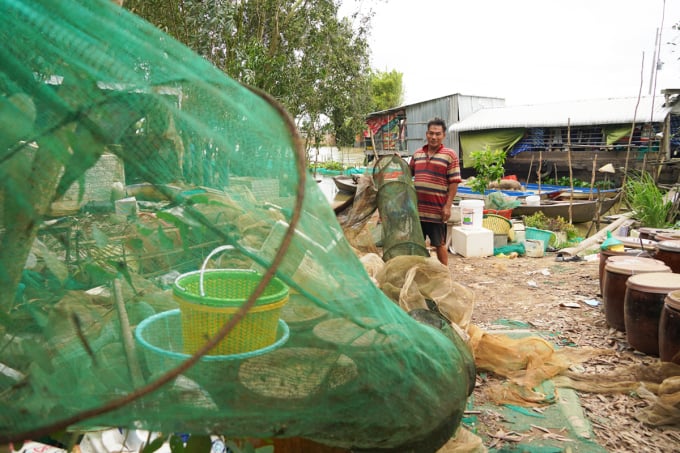
Mrs. Phung's family is mending fishing bags during the flood season. Photo: Hoang Nam
In early September, the boat village in Tan Lap, Moc Hoa district (Long An province) with about 10 roofs is bustling with people preparing fishing rods and nets. Sitting close to the bank of Canal 79, Ms. Nguyen Thi Phung, 49 years old, uses a needle to patch holes in old fishing nets. Each net costs 500,000-800,000 VND and can be used for two seasons.
Mrs. Phung's family is originally from Hong Ngu (Dong Thap). Due to not having any land to cultivate, they had to take a boat to Long An to ask for land along the riverbank. They have been making a living by placing fishing nets and raising striped catfish and snakehead fish for nearly 20 years. During the dry season, they place fishing nets in the river and only wait for a few months each year when the flood season floods the fields to improve their income.
In previous years of heavy floods, with 40 nets, Mrs. Phung's family caught 50-70 kg of loach, snakehead, catfish, and crabs each day. "This year, the flood water is low, so the fish supply has decreased by about half," Mrs. Phung said. Every day, from 4 a.m., her husband and two sons have to drive a motorboat more than 10 km away but still do not have enough bait fish (miscellaneous fish), so they have to spend more money to buy industrial feed to fatten up the more than 10,000 catfish and snakehead fish.
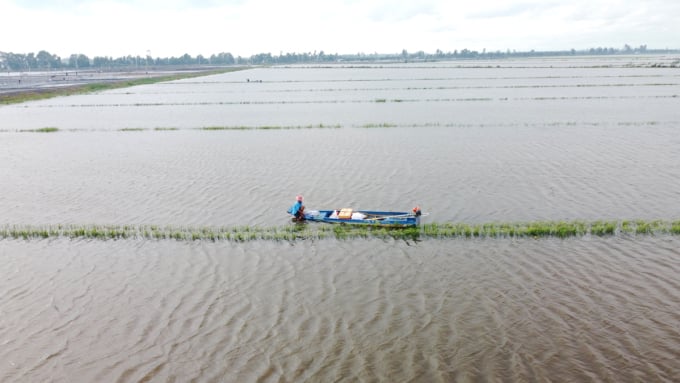
People use motorboats to set fishing nets in flooded fields in Kien Tuong town, Long An, on September 4. Photo: Hoang Nam
100 km away, in Hong Ngu district (Dong Thap), many newly sown third-crop rice fields are turning green. Mr. Nguyen Van Thai in Thuong Thoi Tien commune said that at this time in previous years, the fields were cleared to welcome the flood. However, in recent years, the flood has been slow and often low, so he and the local people have proactively grown the third crop to improve their income.
"Each hectare of rice costs about 20 million VND in fertilizer and pesticides. During big floods, the silt will deposit and wash away pests, which will reduce fertilizer and pesticide costs by about 20-30%," said Mr. Thai.
In the border districts from Hong Ngu to Tan Hong, many rice fields have finished harvesting and started opening sluices to welcome the flood. However, contrary to people's expectations, the water-starved fields are overgrown with weeds and dead rice, creating grazing grounds for cattle.
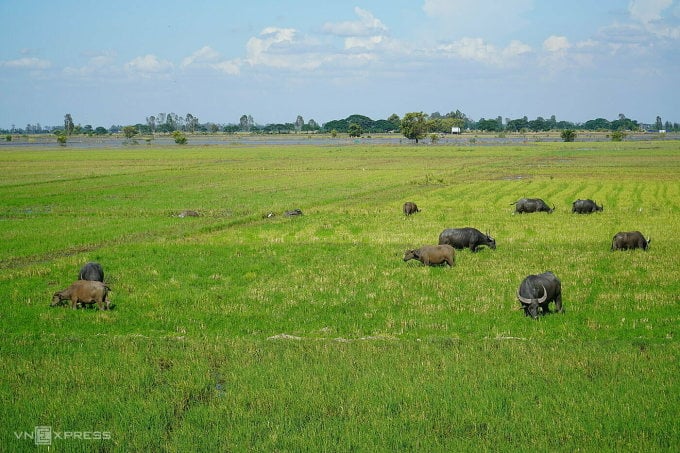
The fields in the Tan Hong border area are still dry this season, used as grazing grounds for cattle. Photo: Ngoc Tai
Mr. Vo Kim Thuan, Director of the Long An Rural Development and Irrigation Department, informed that this year the flood season is the same as previous years, but the water level is lower. The flood level by the end of August in the districts of Dong Thap Muoi region is from 0.54 m to 1.57 m; lower than the same period last year and in 2000, 2011 from 0.02 m to 1.69 m. In Tan Chau, the water level of the Tien River at the end of August and the beginning of September is about one meter lower than the average of many years.
Associate Professor Dr. Nguyen Nghia Hung, Deputy Director of the Southern Institute of Water Resources Research (SIWRR), said that the Institute has forecast low floods in 2023, with the highest water level in Tan Chau at about 3.2-3.4 m (below level 1 alarm), about 0.2-0.42 m lower than the average of many years. The flood peak will occur around the end of September or early October, coinciding with high tides at the mouths of the Mekong River.
According to Mr. Hung, the low flood is partly due to the influence of El Nino, causing rain in the basin to be small, the total flood flow reaching Kratie station (Cambodia) is about 360 billion m3. In addition, the water storage in hydroelectric reservoirs in the Mekong River basin (currently about 65 billion m3, accounting for 13-29%) has caused the total flood flow to decrease by one level.
"The abnormal flow of the Mekong River has caused floods in the West to be small over the past 20 years except for 2011," said Mr. Hung.
Small floods ending early also mean that this year's saltwater intrusion will be earlier. SIWRR recommends that farmers should plant the winter-spring rice crop early to avoid drought and salinity. Areas at risk of drought and salinity such as Can Duoc, Can Guoc (Long An), Go Cong (Tien Giang), Ben Tre, Tra Vinh, and Soc Trang should switch to dryland crops.
Ngoc Tai - Hoang Nam
Source link


![[Photo] Prime Minister Pham Minh Chinh and Japanese Prime Minister Ishiba Shigeru attend the Vietnam - Japan Forum](https://vstatic.vietnam.vn/vietnam/resource/IMAGE/2025/4/29/fc09c3784d244fb5a4820845db94d4cf)
![[Photo] Prime Minister Pham Minh Chinh receives Cambodian Minister of Commerce](https://vstatic.vietnam.vn/vietnam/resource/IMAGE/2025/4/28/be7f31fb29aa453d906df179a51c14f7)






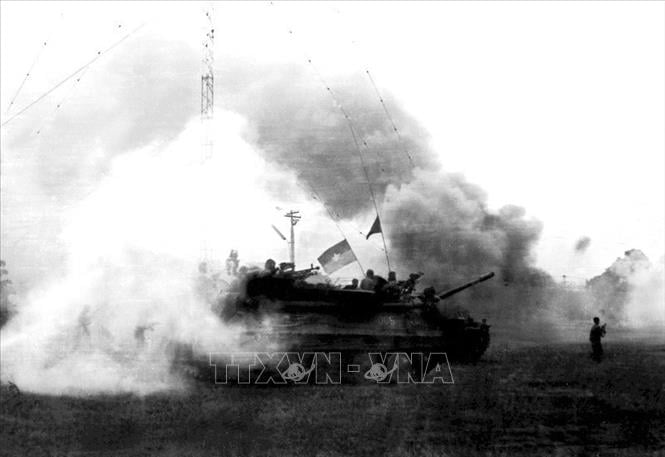








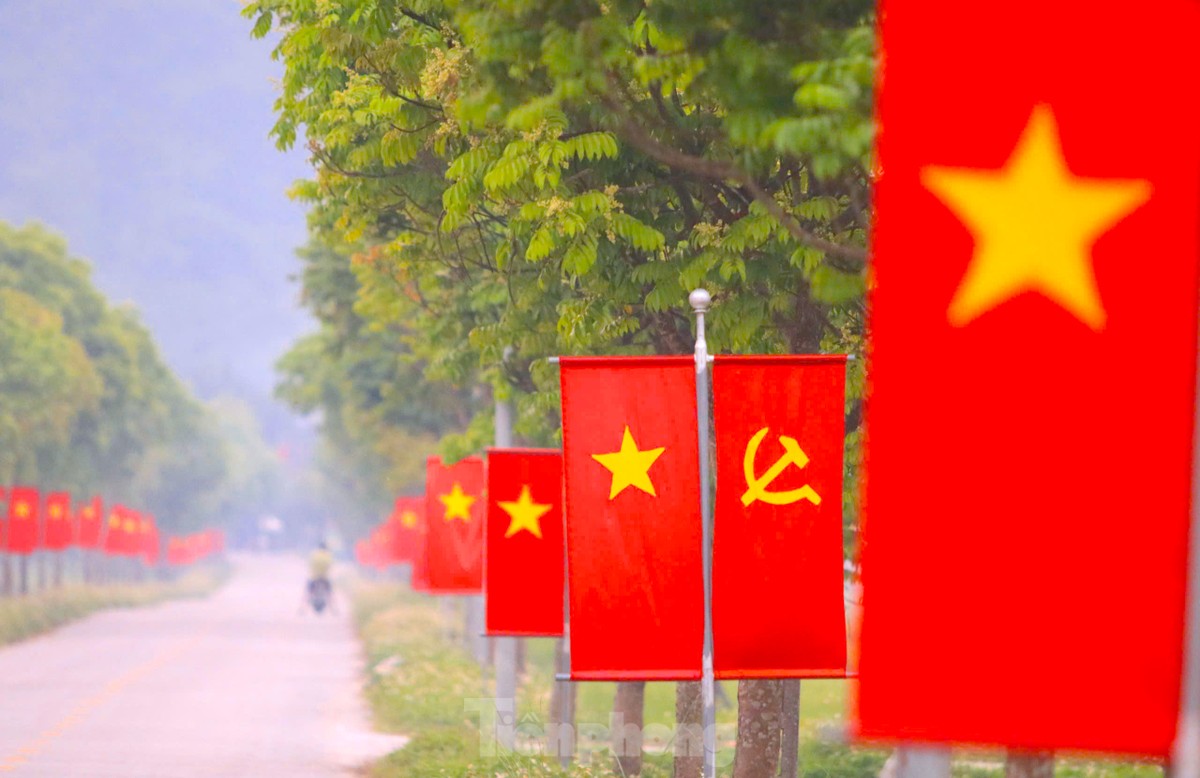



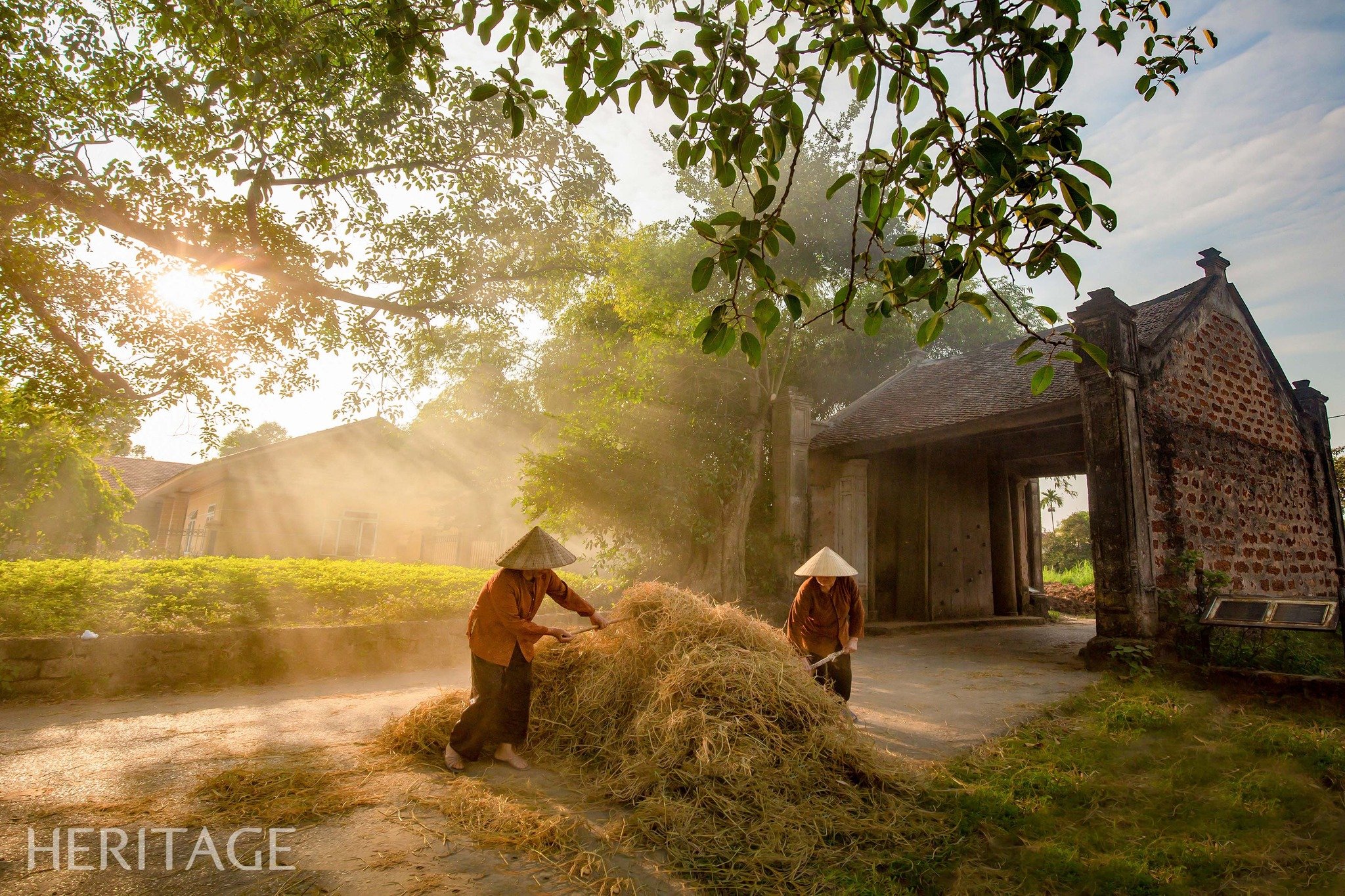








![[Photo] A long line of young people in front of Nhan Dan Newspaper, recalling memories of the day the country was reunified](https://vstatic.vietnam.vn/vietnam/resource/IMAGE/2025/4/28/4709cea2becb4f13aaa0b2abb476bcea)
![[Photo] Signing ceremony of cooperation and document exchange between Vietnam and Japan](https://vstatic.vietnam.vn/vietnam/resource/IMAGE/2025/4/28/e069929395524fa081768b99bac43467)







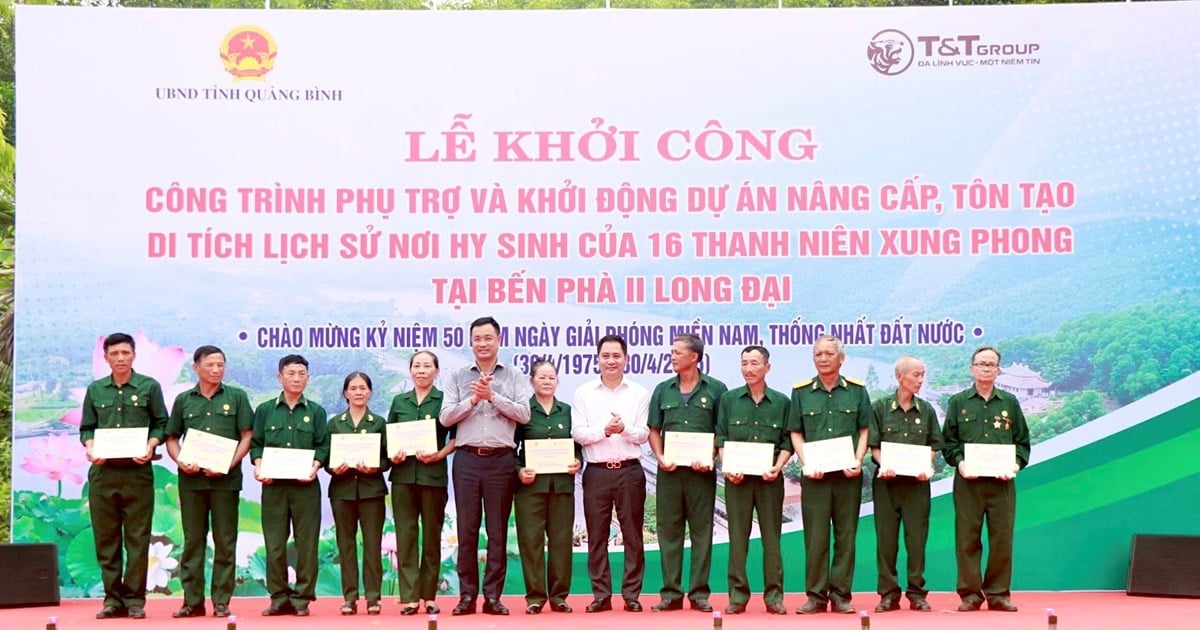













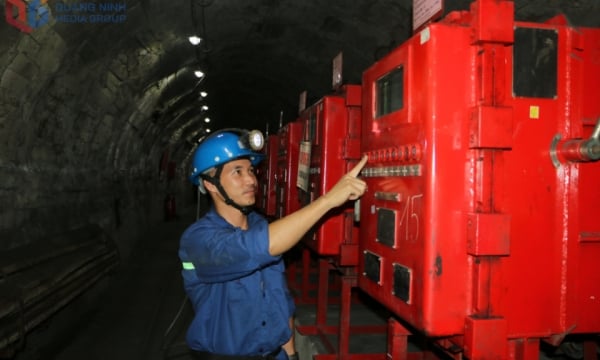






















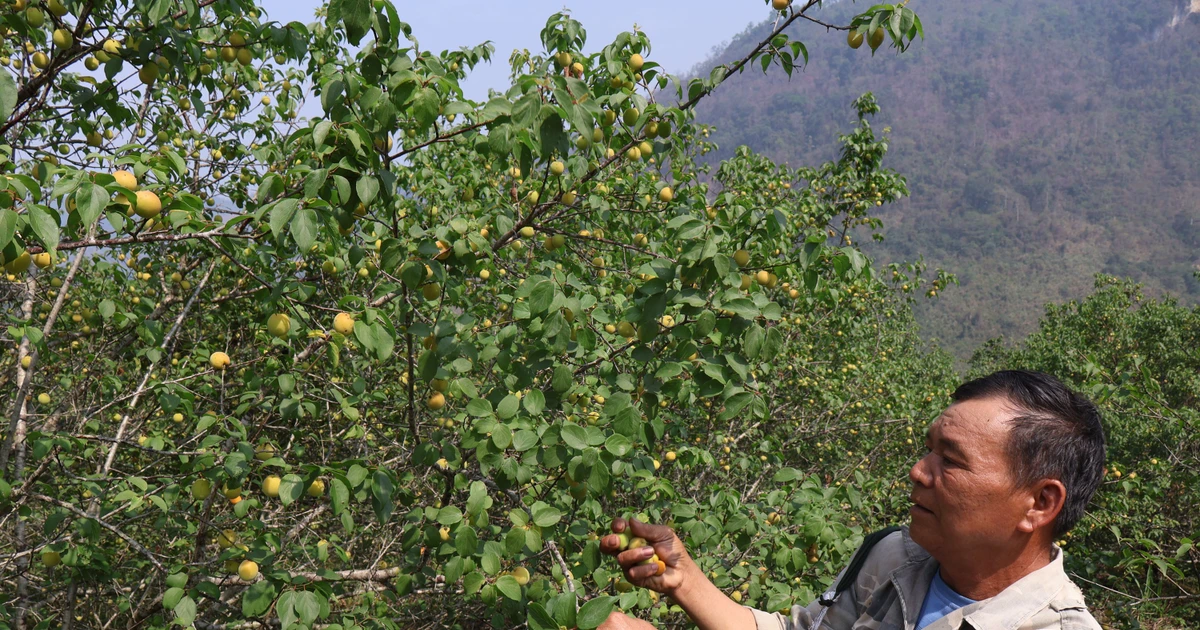






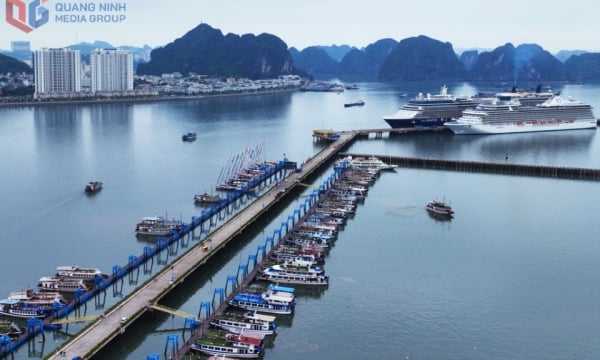
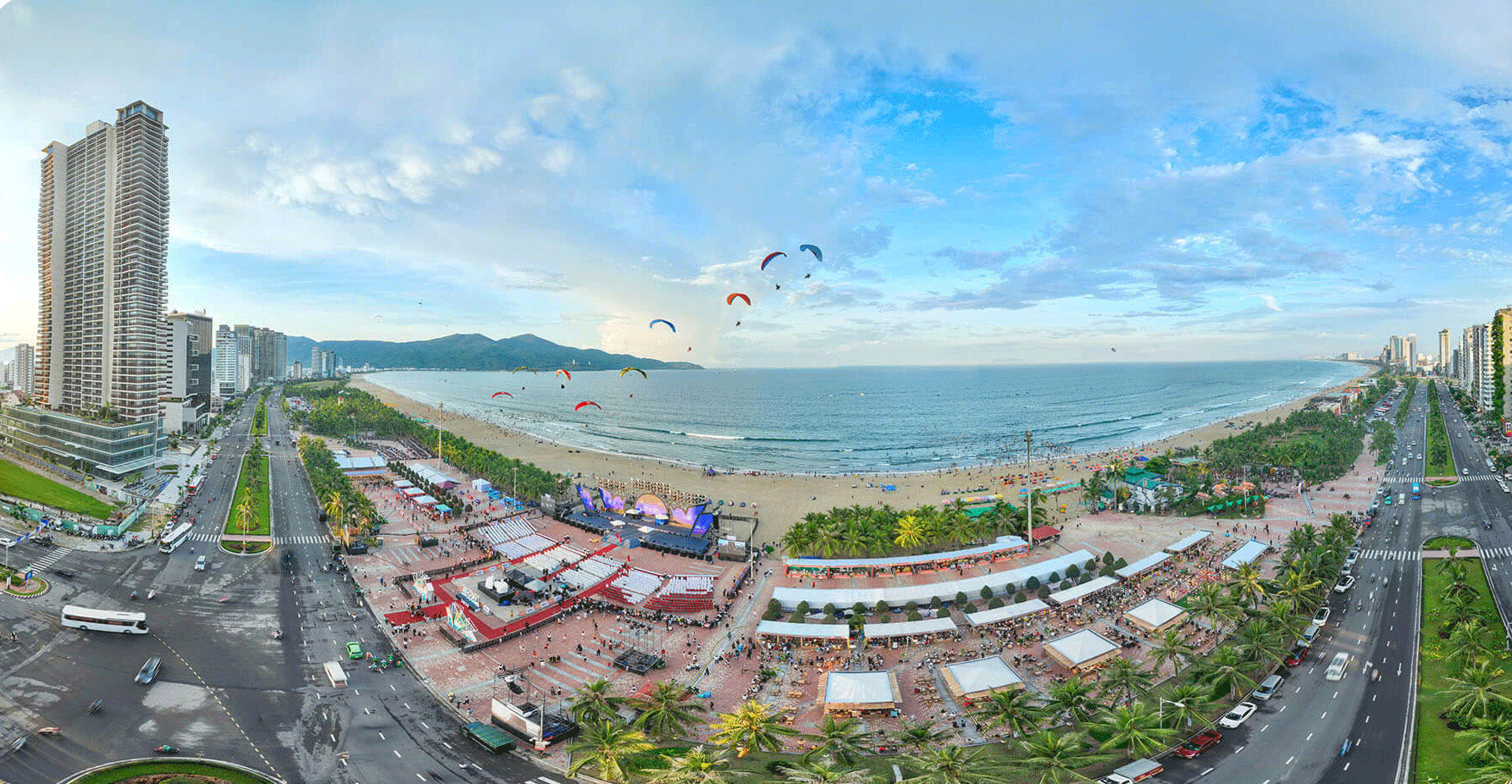


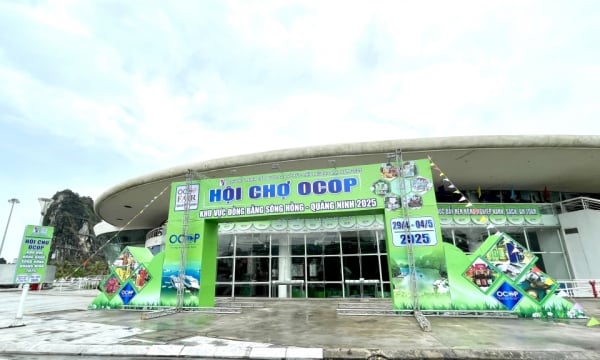
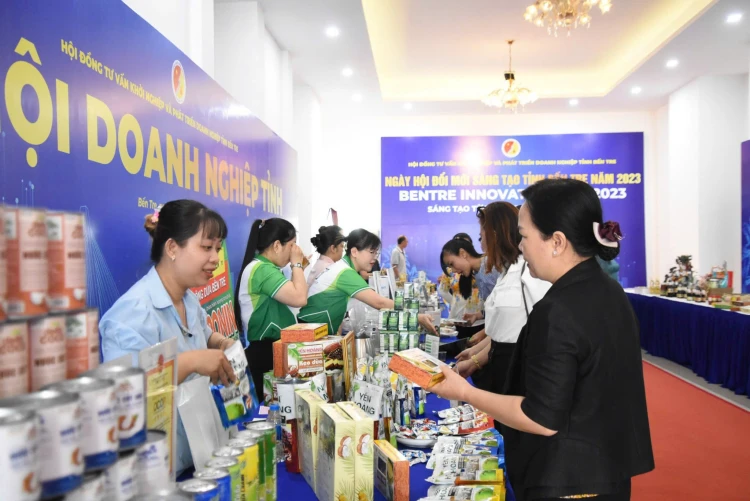





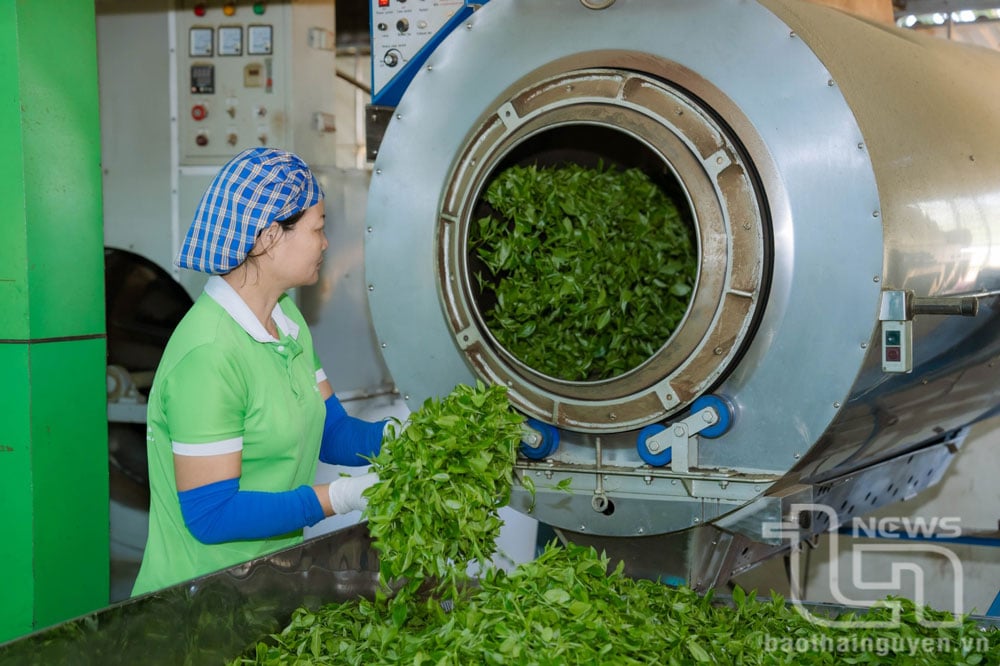

Comment (0)